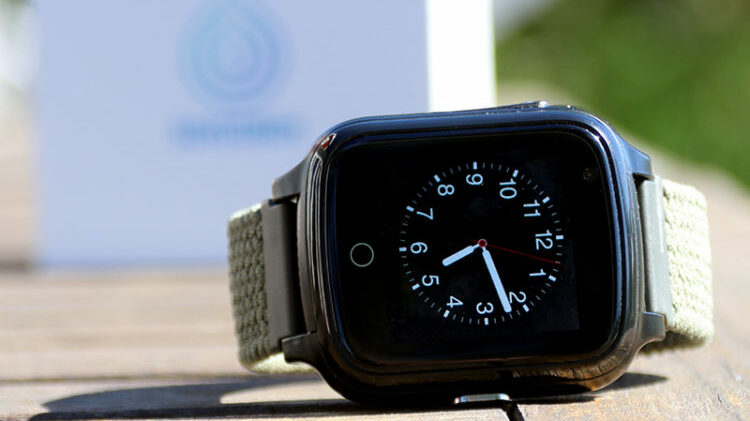Symptoms of Brain Hemorrhage – Warning Signs You Should Never Ignore
A brain hemorrhage is a type of stroke that occurs when a blood vessel in the brain bursts, causing bleeding into the surrounding brain tissue. It’s a life-threatening condition that requires immediate medical attention. Every minute counts – knowing the signs can make a critical difference.
What Is a Brain Hemorrhage?
Also known as an intracerebral hemorrhage, brain hemorrhages account for approximately 10–15% of all strokes in Sweden [1]. Unlike ischemic strokes caused by a blood clot, a hemorrhagic stroke results from a ruptured blood vessel. This leads to increased pressure in the brain, damaging brain cells and, in some cases, resulting in death.
Common causes include high blood pressure, vascular malformations, head trauma, blood-thinning medications, and blood clotting disorders.
Common Symptoms of a Brain Hemorrhage
Symptoms often appear suddenly and are very intense. The most common signs include:
-
Sudden, severe headache – often described as “the worst headache of my life”
-
Numbness or paralysis in the face, arm, or leg – typically on one side of the body
-
Speech problems – slurred speech, difficulty finding words, or trouble understanding others
-
Vision disturbances, such as double vision or loss of visual field
-
Dizziness and balance issues – difficulty walking or standing
-
Nausea and vomiting, especially when caused by increased pressure in the brain
-
Confusion, altered consciousness, or loss of consciousness
These symptoms can sometimes mimic other conditions like migraines or ischemic stroke. However, time is a critical factor – the longer the brain bleeds, the greater the damage.
Symptoms in the Elderly and People with Dementia
In older adults, particularly those with dementia, symptoms may be more subtle or mistaken for existing cognitive decline. Sudden changes in behavior, confusion, extreme fatigue, or unexplained falls can be early warning signs. Caregivers and medical staff need to be especially observant in these cases.
What to Do if You Suspect a Brain Hemorrhage
If you suspect someone is having a brain hemorrhage, call emergency services immediately. Don’t wait and see – delays can have devastating consequences.
Use the FAST test, also effective for recognizing all types of strokes:
-
Face – is one side drooping?
-
Arms – can the person raise both arms?
-
Speech – is the speech slurred or strange?
-
Time – time to call emergency services immediately!
Brain hemorrhages often worsen rapidly, especially larger ones. Prompt treatment can help reduce pressure, stop the bleeding, and improve the chances of recovery.
A personal alarm that can be triggered at any time
Sensorem’s personal alarm can automatically trigger the alarm in the event of a fall and then automatically call relatives using the watch’s built-in speakerphone with two-way communication. The user can also trigger the alarm manually by pressing the physical alarm button. The personal alarm works outdoors and has built-in GPS positioning so that relatives can see the user’s position on a map in the Sensorem app.
SENSOREM’S PERSONAL ALARM CAN INCREASE SAFETY AFTER A STROKE
Sources
- The National Board of Health and Welfare (Socialstyrelsen). National Guidelines for Stroke Care – Indicators, 2018.
- 1177 Healthcare Guide. “Brain Hemorrhage.” https://www.1177.se
- Swedish Stroke Registry (Riksstroke), Annual Report 2023.
- The Brain Foundation (Hjärnfonden). “What is a Brain Hemorrhage?” https://www.hjarnfonden.se

